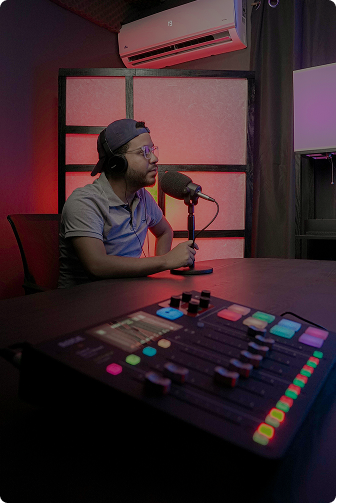Brain Pacemaker Could Revolutionize Parkinson's Treatment
Brain Pacemaker Could Revolutionize Parkinson's Treatment
.png)
AI-driven adaptive neurostimulation is set to transform the lives of Parkinson's disease (PD) patients by providing real-time, personalized therapy based on continuous monitoring of brain activity.
Parkinson’s Disease Alters the Brain’s Chemistry
PD is a degenerative disease that progressively destroys neurons in the brain. Crucially, the neurons targeted are responsible for producing and releasing dopamine, a neurotransmitter critical for motor control and a range of other physiological processes.
As these dopamine producing neurons deteriorate in PD patients, they suffer from progressively worsening symptoms, including loss of motor control, muscle tremors, stiffness, behavioral shifts, depression, and sleep disturbances.
Current Treatments Don’t Cut it
While there is no cure for Parkinson’s, there are treatments available which can help manage symptoms. Notably, patients often take a drug called levodopa to increase dopamine production. However, with long-term use, the medication becomes less effective with increasingly severe side effects.
When this happens, one approach is to surgically implant a deep brain stimulation (DBS) device, which delivers electrical jolts deep into the brain tissue - more specifically, to an area called the subthalamic nucleus of the basal ganglia.
However, the issue with traditional DBS methods, is that a constant electrical current is provided. In healthy people, dopamine levels will fluctuate during the day; neither of these treatment options can fine-tune their delivery to match these physiological patterns. This becomes problematic, especially during sleep, when dopamine levels naturally drop.
The AI Solution: Adaptive Neurostimulation
In research published in Nature Medicine, Researchers at University California, San Francisco (CA, US) have developed a closed loop DBS system that measures brain activity and uses it to adapt the level of electrical stimulation in real-time.
The technology is able to ‘sense’ dopamine by detecting patterns in brainwaves (gamma oscillations), which were found to correlate with its levels.
This adaptive DBS is designed to supplement drug therapy, e.g., with levodopa, to ‘catch’ the fall in dopamine as the medication wears off and as levels naturally fluctuate.
Excitingly, when trialled in four patients, the results were promising: their most troubling symptom was reduced by 50%.
How Did They Go About Making This?
They began by analyzing brain recordings to identify specific neural patterns, or biomarkers, that could predict a patient’s motor symptoms under different medication and stimulation conditions.
The next step involved training machine learning models, including linear discriminant analysis (LDA), on the identified biomarkers.
LDA is a classification technique that finds the combination of features—in this case, specific frequency bands in the brain's electrical activity—that best separate different symptom states.
By training the models on labelled data, where the symptom states were already known, the researchers enabled the AI to learn how different patterns of brain activity corresponded to different symptoms.
This approach allowed the system to adjust the stimulation in real-time to better control these symptoms.
Looking Ahead
This AI-based tool shows great promise for the future of PD, with the added advantage of tailoring a patient’s care to their exact physiology.
While these results are encouraging, it's important to note that this was a small feasibility study with only four participants. Larger clinical trials will be necessary to confirm the effectiveness and safety of this approach.
However, looking ahead adaptive neurostimulation approaches such as this have potential applications for other diseases such as epilepsy, Tourette syndrome, anxiety, and depression. Therefore, this research presents a promising step towards improving the lives of many .
.png)
.png)
.png)



